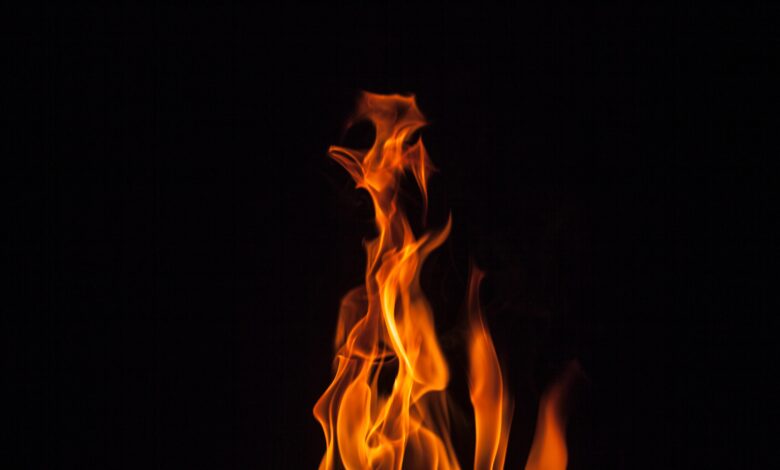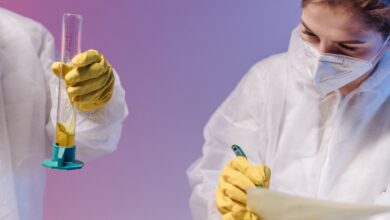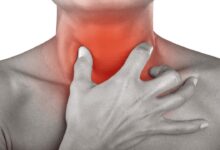
What is a burn?
A burn is a more or less deep destruction of the skin , resulting from contact with a more common source of heat, or from contact with a caustic substance, electricity…
There are many types of burns, they can be more or less serious depending on the area of skin burned or the duration of contact with the heat source.
The 4 ways to get burned
Burns from contact with heat
These are the most common forms. This type of burn can be responsible for superficial or deep lesions.
They follow skin contact with a flame, hot liquid or hot metal. The extent of thermal burn is directly proportional to the temperature of the causative agent and the duration of contact. This time is often long for thick liquids such as oil or metals which tend to stick to the skin and therefore cause the most severe thermal burns.
Electrical burns
1 – Electric arc burns
These are thermal burns of the skin.
To understand electric arc burns, let’s take the example of a person climbing onto a train car. There is an extremely large potential difference between the catenary and the wagon and the person will, by his presence, trigger an electric arc which will pass through his skin.
Electric arc burns are therefore observed when there is an extremely large potential difference between 2 points. A person positioning himself between these 2 points of different potential will trigger an electric arc. A real lightning will travel between these 2 points passing through the body of this person, and burn his skin.
2- True electrical burns
These burns pass into the body of the person. They are said to correspond to an intra-corporeal passage of the electric current which travels for reasons of electrical conduction, first along the vessels and nerves, always passing through the heart.
There are thus risks of heart rhythm disorder (often in the form of ventricular fibrillation) and of nerve destruction or the phenomenon of vascular thrombosis often responsible for amputations due to this vascular-nervous destruction.
Chemical burns
They are often serious : the chemical will penetrate the body and cause damage.
1 – Acid burns (sulphuric acid, hydrochloric acid, etc.)
These burns are extremely painful and the destruction spreads from the surface of the skin to the depth quickly.
2 – Base burns (cement, etc.)
They cause a time-shifted destruction: the superficial lesions appear only secondarily, often even after the deep destruction.
Radiation burns
The best known is sunburn . There are also burns from ionizing rays such as radiation dermatitis after radiotherapy.








